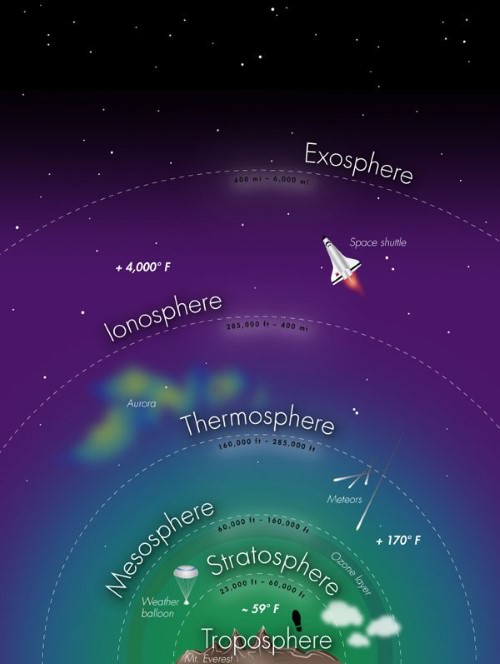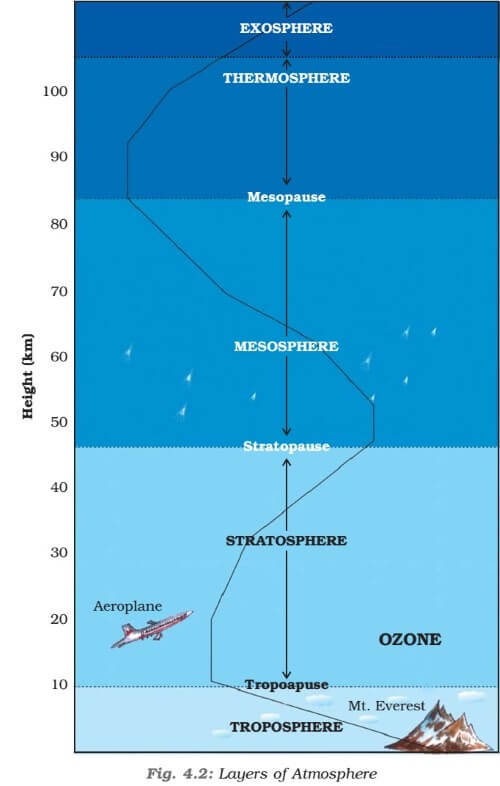Ionospheric Connection Explorer :EMPOWER IAS
In news:
- NASA has launched a satellite to explore the mysterious, dynamic region where air meets space.

Important facts:
- The satellite — called ICON, short for Ionospheric Connection Explorer — rocketed into orbit following a two-year delay.
- ICON should have soared in 2017, but problems with Northrop Grumman’s air-launched Pegasus rocket interfered. Despite the long delay, NASA said the $252 million mission did not exceed its price cap.
- Northrop Grumman also built the satellite
- It was dropped from a plane flying over the Atlantic off the Florida coast.
- The refrigerator-size ICON satellite will study the airglow formed from gases in the ionosphere and also measure the charged environment right around the spacecraft which is at a level of 580 kilometers above the Earth’s surface.
- A NASA satellite launched last year, Gold, is also studying the upper atmosphere, but from much higher up. More missions are planned in coming years to study the ionosphere, including from the International Space Station.
- The ionosphere is the charged part of the upper atmosphere extending several hundred miles (kilometers) up. It’s in constant flux as space weather bombards it from above and Earth weather from below, sometimes disrupting radio communications.
About Ionosphere:
- This layer is located between 80 km and 400 km and is an electrically charged layer.
- This layer is characterized by ionization of atoms.
- Because of the electric charge, radio waves transmitted from the earth are reflected back to the earth by this layer.
- Temperature again starts increasing with height because of radiation from the sun.
- Ionosphere is called so because it is ionized by solar radiation.
- It plays an important part in atmospheric electricity and forms the inner edge of the magnetosphere.
- It has practical importance because it influences, for example, radio propagation on the Earth. It is also responsible for auroras.
Temperature in Ionosphere:
- Ionosphere is also known as THERMOSPHERE because of the high temperatures because of the high temperatures prevailing the there as much as 870°C over the equator and 1427°C over the north pole, the temperature near the upper boundary of the thermosphere may become high than 1000-1500°C.
- Along with temperature rise sharp changes caused by the corpuscular and ultraviolet solar radiation are observed in it.

Static portion:
Other layers of the atmosphere:
Troposphere:
- It is the atmospheric layer between the earth’s surface and an altitude of 8 km at the poles and 18 km at the equator.
- The thickness is greater at the equator, because the heated air rises to greater heights.
- The troposphere ends with the Tropopause.
- The fall in temperature is called ‘lapse rate’. (more about this in future posts)
- The troposphere is marked by temperature inversion, turbulence and eddies.
Tropopause:
- Top most layer of troposphere.
- It acts as a boundary between troposphere and stratosphere.
- This layer is marked by constant temperatures.
Stratosphere
- It lies beyond troposphere, up to an altitude of 50 km from the earth’s surface.
- his rise is due to the presence of ozone (harmful ultraviolet radiation is absorbed by ozone).
- This layer is almost free from clouds and associated weather phenomenon, making conditions most ideal for flying aeroplanes. So aeroplanes fly in lower stratosphere, sometimes in upper troposphere where weather is calm.
- Sometimes, cirrus clouds are present at lower levels in this layer.
Ozonosphere
- t lies at an altitude between 30 km and 60 km from the earth’s surface and spans the stratosphere and lower mesosphere.
- Because of the presence of ozone molecules, this layer reflects the harmful ultraviolet radiation.
Mesosphere:
- This is an intermediate layer beyond the ozone layer and continues upto an altitude of 80 km from the earth’s surface.
- The temperature gradually falls to -100°C at 80 km altitude.
- Meteorites burn up in this layer on entering from the space.
Thermosphere
- thermosphere temperature rises very rapidly with increasing height.
- Ionosphere is a part of this layer. It extends between 80-400 km.
- This layer helps in radio transmission. In fact, radio waves transmitted from the earth are reflected back to the earth by this layer.
- Person would not feel warm because of the thermosphere’s extremely low pressure.
Exosphere
- This is the uppermost layer of the atmosphere extending beyond the ionosphere above a height of about 400 km.
- The air is extremely rarefied and the temperature gradually increases through the layer.
- Light gases like helium and hydrogen float into the space from here.

|
Source)
https://www.thehindu.com/sci-tech/science/nasa-launches-satellite-to-explore-where-air-meets-space/article29654298.ece
